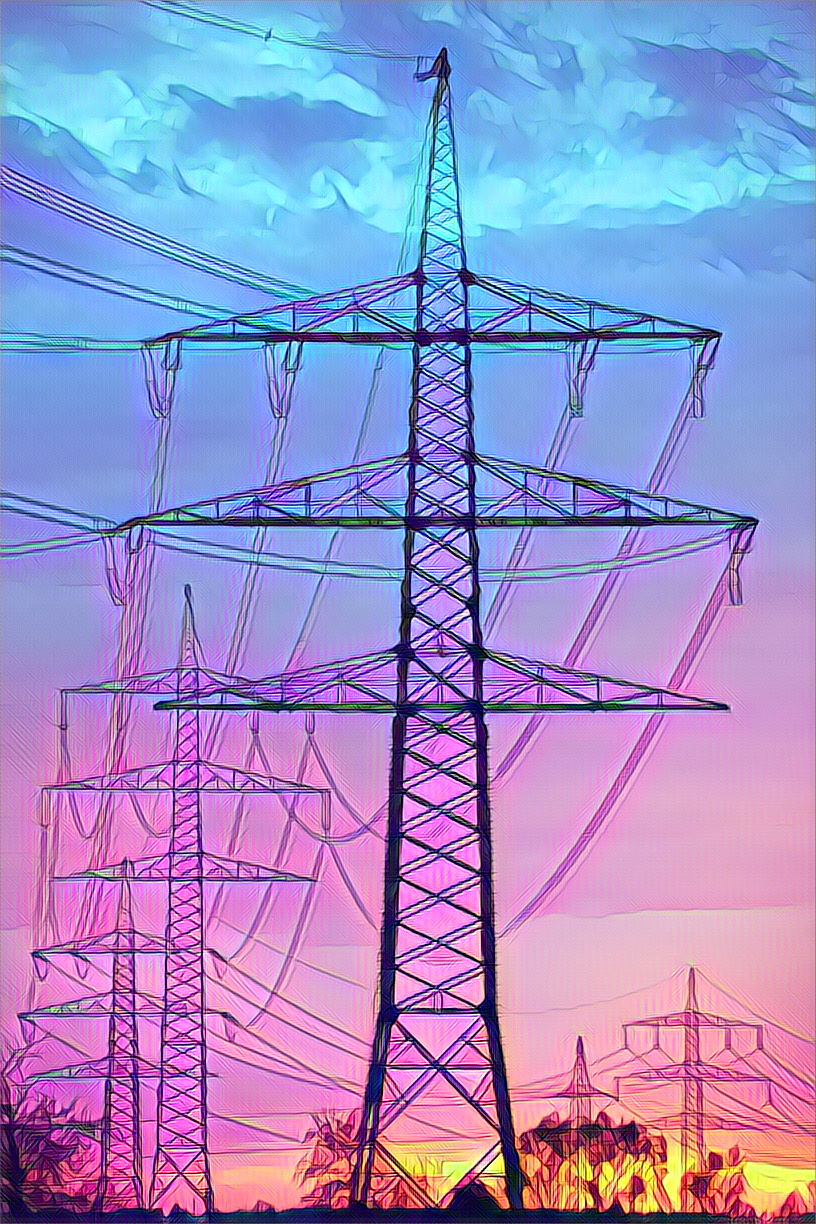Zimbabweans who have been enduring power cuts lasting up to 19 hours a day may soon see some relief as the country expects to increase its power generation by the end of this month. According to Energy and Power Development Minister Edgar Moyo, two units at the Hwange thermal power station will be back on the grid, adding 450 megawatts (MW) to the national supply.
Hwange is Zimbabwe’s largest coal-fired power plant, with an installed capacity of 920 MW. However, it has been operating below its potential due to ageing infrastructure and equipment breakdowns. The government is undertaking a rehabilitation and expansion project to extend the lifespan of the existing units and add two new units, each producing 300 MW. The project is being financed by a $1.5 billion loan from China.
Moyo said that Hwange Unit 7, which was undergoing maintenance, would be back in service by November 27, while Unit 4, which was recently repowered, had already resumed operations. He also said that the government was working on increasing the generation capacity of the Kariba hydroelectric power station, which has been affected by low water levels in the Kariba Dam. Kariba has an installed capacity of 1,050 MW, but it is currently producing between 250 MW and 300 MW.
Zimbabwe’s peak power demand is about 1,800 MW, but the country is only generating about 1,300 MW, forcing it to import electricity from neighbouring countries such as South Africa and Mozambique. However, these imports are often unreliable and expensive, as the region is also facing power shortages due to climate change and economic growth.
To address the long-term energy challenges, Moyo said that the government was embracing renewable energy sources such as solar and wind, and encouraging private sector participation. He said that there were about 20 companies that had shown interest and were developing solar projects in the country. He also said that the government was implementing cross-border renewable energy projects with other SADC countries, as part of the regional integration agenda and the goal of achieving net zero emissions by 2050.
The power situation in Zimbabwe has been a major constraint to the country’s economic development and social welfare. The frequent blackouts have disrupted businesses, industries, schools, hospitals, and households, affecting productivity, income, health, and education. The government has been implementing various measures to mitigate the impact of the power cuts, such as promoting energy efficiency, rationing power supply, and subsidising alternative energy sources.
However, these measures have not been enough to meet the growing demand for electricity, especially as the country is recovering from the effects of the COVID-19 pandemic and pursuing its vision of becoming an upper-middle-income economy by 2030. Therefore, the expected increase in power generation by the end of this month is a welcome development that could boost the country’s economic prospects and improve the quality of life for millions of Zimbabweans.
Source: The Herald


